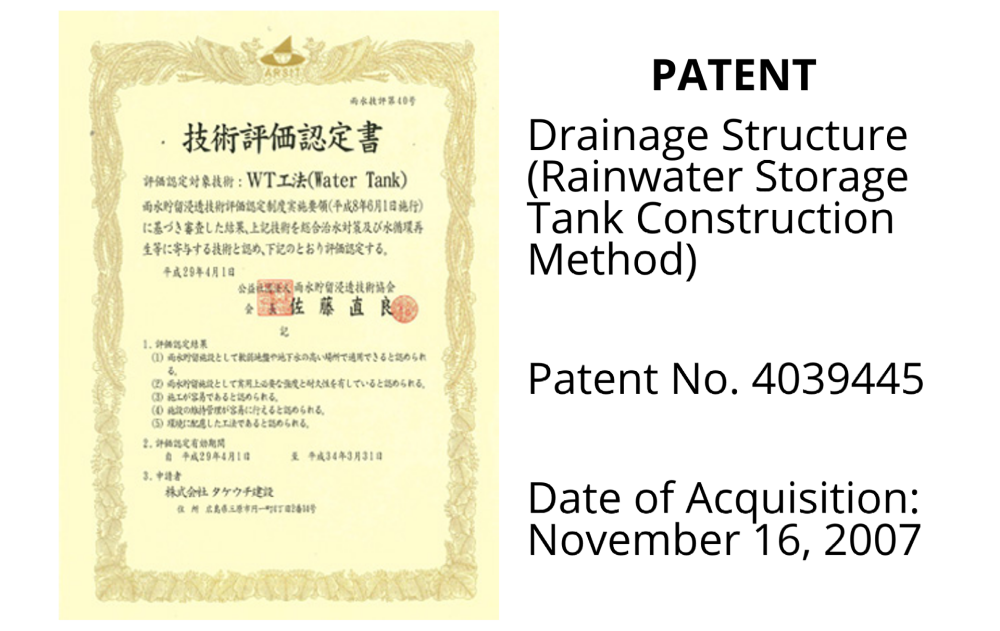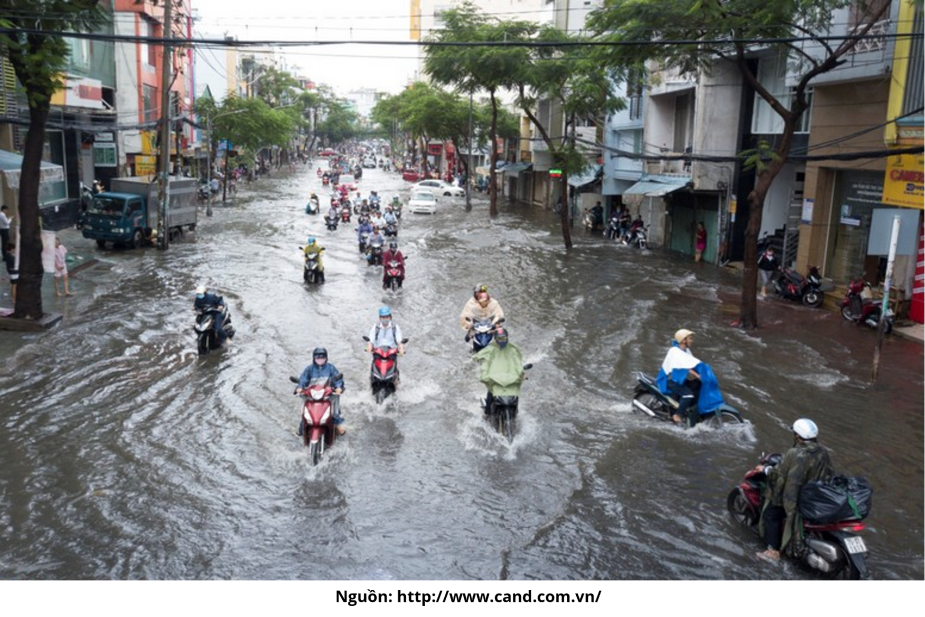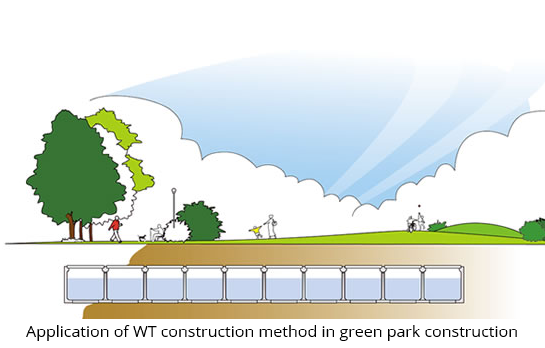Overview of WT method
WT is a construction method that improves underground spaces, such as parking lots, using the TNF method and creates a water storage tank consisting of walls and a bottom plate in all directions.
Rainwater storage tanks in private facilities are encouraged to be installed under the “Decree on Flood Prevention” established in July 2015, under the guidance of government authorities.
WT construction method can be considered the optimal choice for property owners involved in such projects.












 " alt="">
" alt="">
 " alt="">
" alt="">
 " alt="">
" alt="">